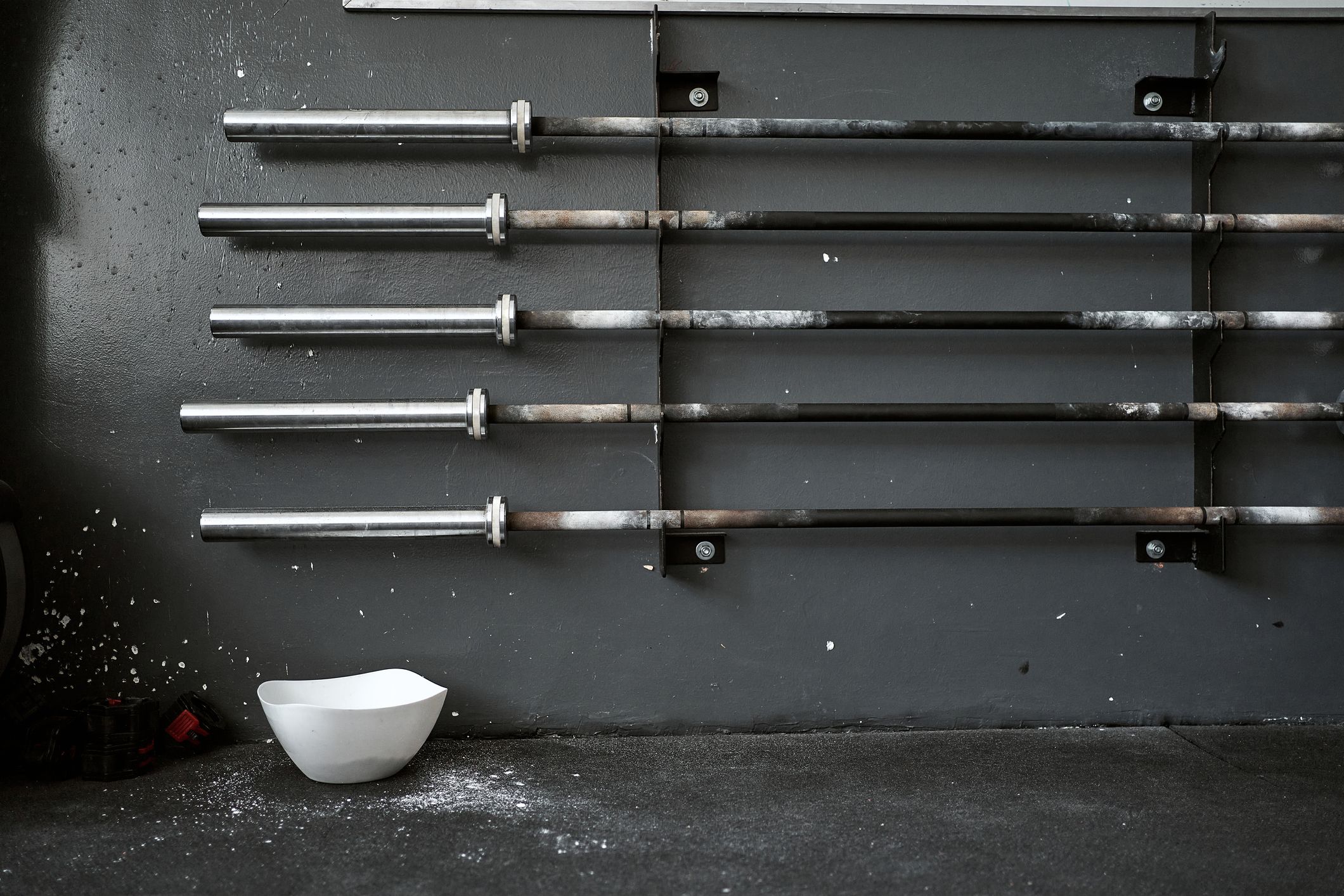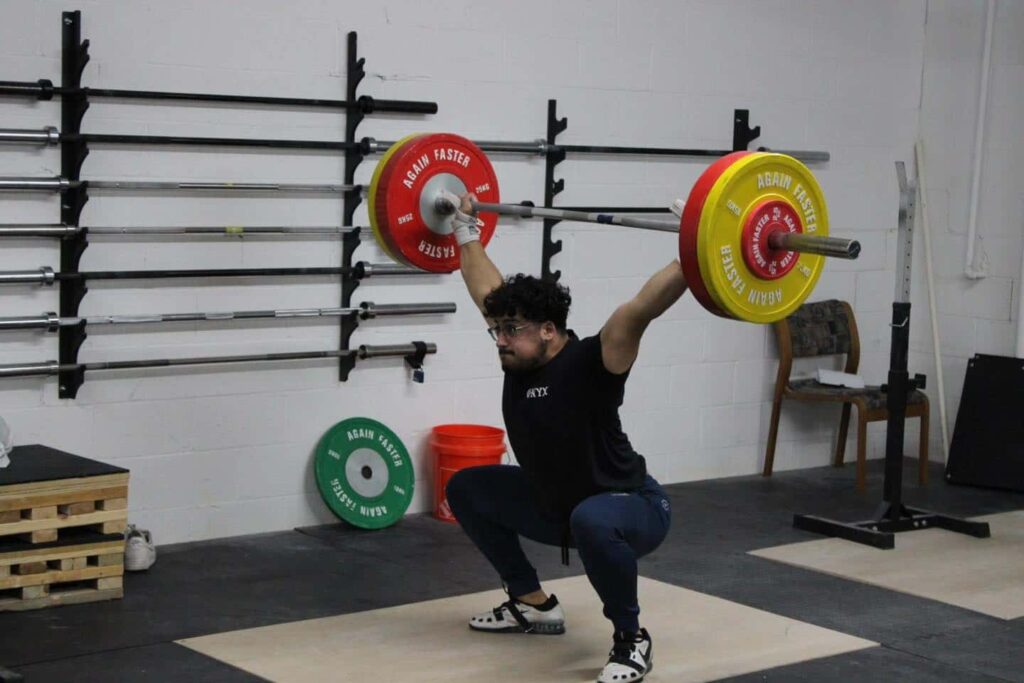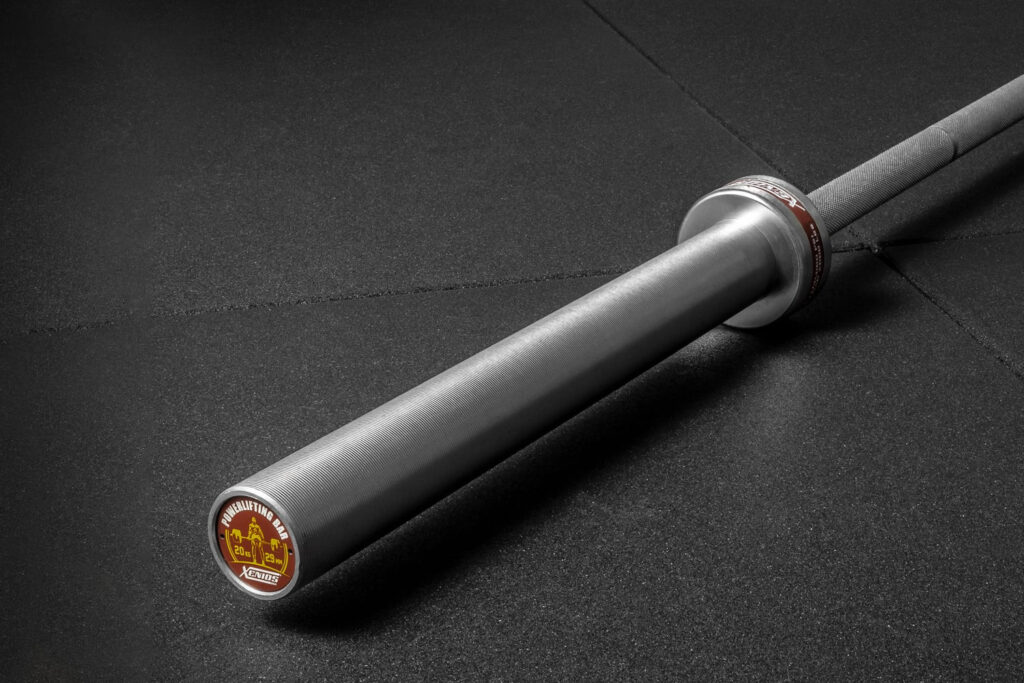The Ultimate Guide to Barbells – 2024 Guide

A barbell, often considered the unsung hero of the weight room, is a symbol of the strength and determination of a human. In this piece of article let us dive into knowing how exactly a barbell does benefit us and the wide selections and types of Barbells.
Let us first understand how a barbell is structured.
Unveiling the Anatomy of Barbells
- Bar: The central steel component, designed for durability and strength, comes in varying lengths.
- Sleeves: Rotating collars at each end secure weight plates, allowing for free rotation during exercises.
- Knurling: Textured grooves on the shaft provide grip and prevent slipping during lifts.
- Center Knurling (optional): Additional grip on the bar’s midsection, common in powerlifting bars.
- Weight Plates: Plates added to the sleeves for resistance, available in various sizes and weights.
- Collars: Secure weight plates to prevent sliding during exercises; can be of various types.
- End Caps (optional): Protective caps on sleeves to shield the bar.
A Closer Look at the Different Types of Barbell
Now that we know the structure of a barbell, let us go through and learn some of the common barbell types. They can be mainly categorised into 3 types based on their purpose and structure.
Standard Barbell:
- They are general-purpose bars suitable for a wide range of exercises.
- They are typically around 7 feet (2.13 meters) in length and have a straight uniform design.
- They are suitable for exercises such as bench presses, squats, deadlifts, curls, and more.
- They are commonly found in commercial gyms and serve as general-use barbells.
Weightlifting Barbell:

- Weightlifting barbells are specifically designed for Olympic Weightlifting.
- They are also approximately 7 feet or 2.13 meters in length and have a standardised dimension.
- They are ideal for Olympic weightlifting exercises, making them essential for competitive weightlifters and those training specifically for these.
Powerlifting Barbell:

- Powerlifting barbells are designed for powerlifting competitions, emphasising the squat, bench press, and deadlift.
- They are similar in length to Olympic barbells and Standard barbells, which are around 7 feet (2.13 meters).
- They are essential for those who are focusing on strength gains in squats, bench presses, and deadlifts.
- They provide stability and control during these lifts.
These distinct features and differentiations in the barbells help individuals choose the appropriate equipment based on their training goals and the exercise they intend to achieve.
Certainly, there are several other uncommon barbell types each designed for some sort of training purposes. Some of them are the Cambered barbell, swiss bar, log bar, multi-grip bar, bamboo bar and many more.
Ultimately choosing a variety of barbells for training sessions depends on an individual’s goals, needs and preferences.
Now that we have seen a variety of barbells, let’s learn more about the usage a barbell provides.
How to Use Barbell Effectively for Strength and Fitness
Barbell is a handy tool for those who are into fitness training and also for the coaches. Barbell is an all-round functional tool, which allows trainers to incorporate a wide range of exercises into their client’s workout routines.
Those effective exercises help the trainers to fulfil the individual’s goals. Also, an individual’s strength progression can be tracked down by adjusting the weights. Barbells can also promote functional strength, which is beneficial for trainers who are looking to improve their performance in daily activities, sports etc.
Barbell allows the clients to customise their workouts according to their fitness level by adjusting the weight and type of the barbell which accommodates different abilities and needs of an individual.
It also serves as an educational tool that teaches clients about proper form and techniques. This can avoid injuries and ensure the trainees perform exercises safely and effectively. And most of all, successfully lifting and progressing with a barbell, boosts client’s confidence in their abilities, leading to a positive mindset and greater commitment to their fitness journey.
How to Keep Your Iron Companion in Prime Lifting Condition
Maintaining your Barbell is essential to ensure its longevity and performance. Let’s break down some of the friendly tips for Barbell maintenance.
- Give it a good wipe: After your workout, take a clean, dry cloth and give your barbell a wipe-down. This helps to get rid of any sweat moisture that could lead to rust.
- A touch of Oil: Apply a thin coat of rust preventive oil. It protects the barbell from corrosion ensuring smooth sleeve rotation.
- Inspection: Have the habit of doing a periodic inspection of the barbell for any signs of damage. Catching these issues early can prevent bigger problems down the road and keep your workouts safe.
- Secure Weight plates: Ensure that weight plates are fitted securely on the sleeves. Loose plates can damage sleeves and affect the bar’s balance.
- Be gentle with empty bars: Avoid dropping empty barbells. It can cause damage to the shaft and sleeves.
- Pro help: If you notice significant damage to the barbell, consider seeking a professional service from a reputable gym equipment specialist.
These friendly tips can extend the life of your barbell and ensure its optimal performance during your workouts.
Balancing Nutrition and Strength Training with Barbells
Strength training with a barbell is a physically demanding activity that requires careful attention to nutrition to maximise your workout performance and recovery. Protein is essential for your muscles as they need it to grow and recover after lifting heavy weights. Read more on training and nutrition tips for muscle growth.
Good sources include fish, meat, eggs, beans etc. Also, carbs like those in grains, fruits and veggies can be eaten before and after your training sessions, as they provide the energy you need for your workouts.
Healthy fats from avocados, nuts and olive oil can help you with overall health and hormones. And make sure to stay hydrated throughout the day by drinking plenty of water and other liquids.
A personalised nutrition plan through a dietitian would be an ideal way to ensure optimal performance and progress in your strength training and make sure you stick to a balanced diet which is a key to long-term success in barbell training and overall health.
Conclusion
In conclusion, this guide to barbells has covered various aspects of this essential piece of strength training equipment. Whether you are a beginner or an experienced lifter, This guide aims to provide valuable insights and knowledge to help most of your barbell training experience.
Remember that safety, proper technique and consistency are key to achieving your fitness goals with your barbell.




